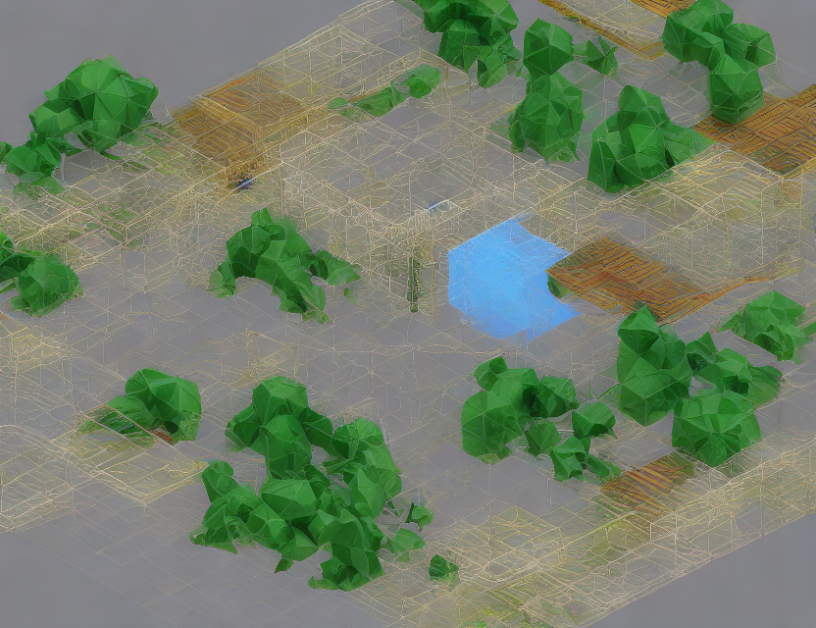Imagine you’re a chef trying to create the perfect dish. You have all the ingredients, but you need to figure out the right combination to make it taste delicious. Now, imagine that instead of ingredients, you’re working with complex mathematical functions that describe how light behaves in an imaging system. The goal is to find the "best" design for the system, but the problem is that the function is too complex to solve directly. This is where optimization techniques come into play!
In this article, we’ll explore a specific method called the Nelder-Mead simplex method. This technique is like a chef trying different ingredient combinations and seeing which one tastes best. Instead of using ingredients, the method creates a "kitchen" of possible solutions and iteratively tries new combinations to find the best design for the imaging system.
The article explains that finding the optimal design can be challenging because the function used to describe the imaging system is often non-linear and has many variables. It’s like trying to make a dish with hundreds of ingredients, each one interacting with the others in complex ways. To make things worse, the method may not always find the global minimum (the best possible design), but rather a local minimum that is close enough.
To overcome these challenges, the article introduces the concept of "good initial guess." Think of this as having a good idea of what ingredients to use in your dish before starting to cook. A good initial guess makes it easier for the method to find the optimal design by reducing the number of possible solutions to explore.
The article then delves into the details of the Nelder-Mead simplex method, which works by constructing a "kitchen" of possible solutions and iteratively trying new combinations to find the best design. It’s like cooking a dish using different ingredients and tasting it to see if it’s good enough. If it’s not, you try a new combination and repeat the process until you find the perfect dish!
Finally, the article discusses the stopping criteria for the optimization method, which is like deciding when the dish is good enough. The method stops when the improvement in the function (or taste of the dish) becomes insignificant or when a predetermined number of iterations have been reached.
In summary, optimizing imaging systems using the Nelder-Mead simplex method is like cooking a delicious dish. We start with a good initial guess, use an iterative approach to try different combinations, and stop when we find the best design. The complexity of the function makes it challenging, but with the right techniques, we can create a perfect imaging system that meets all our requirements!
Optimization Methods for Unconstrained Problems with Non-Quadratic Cost Functions: A Review



